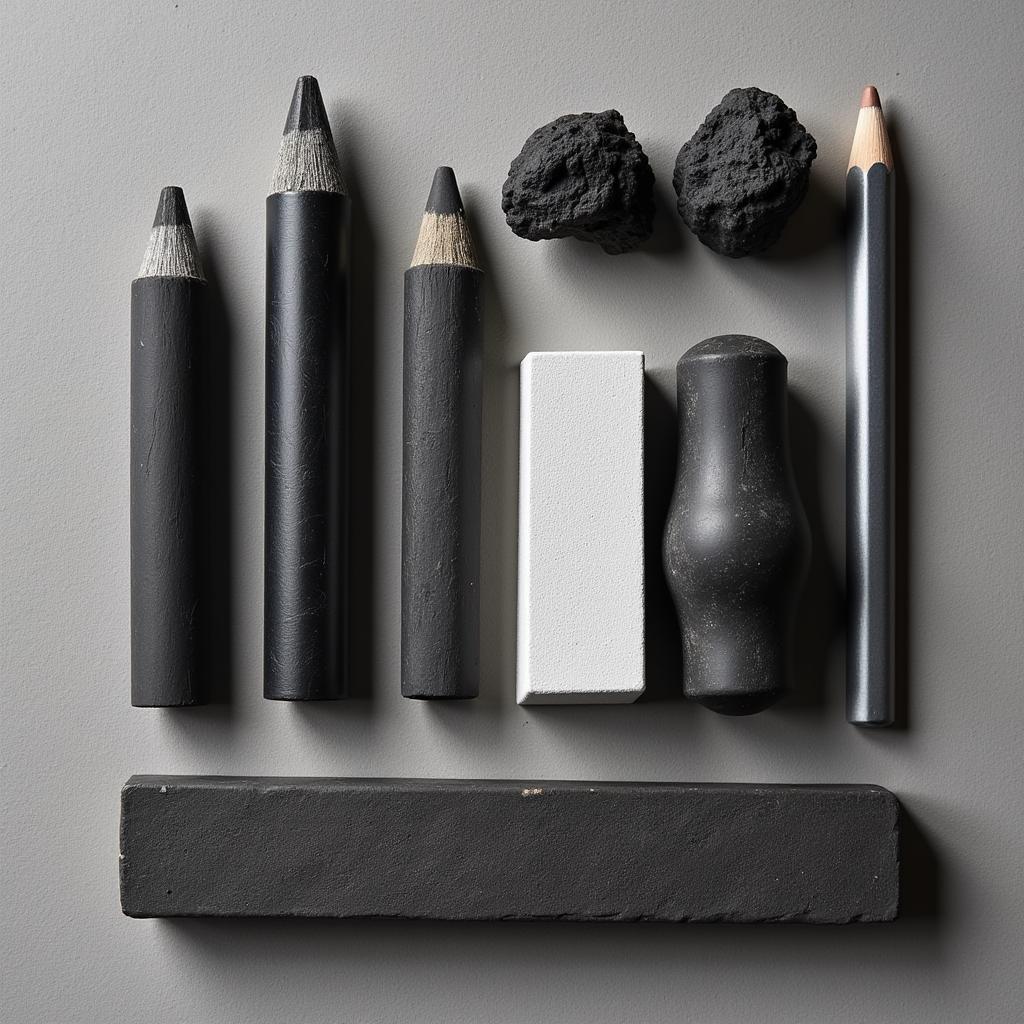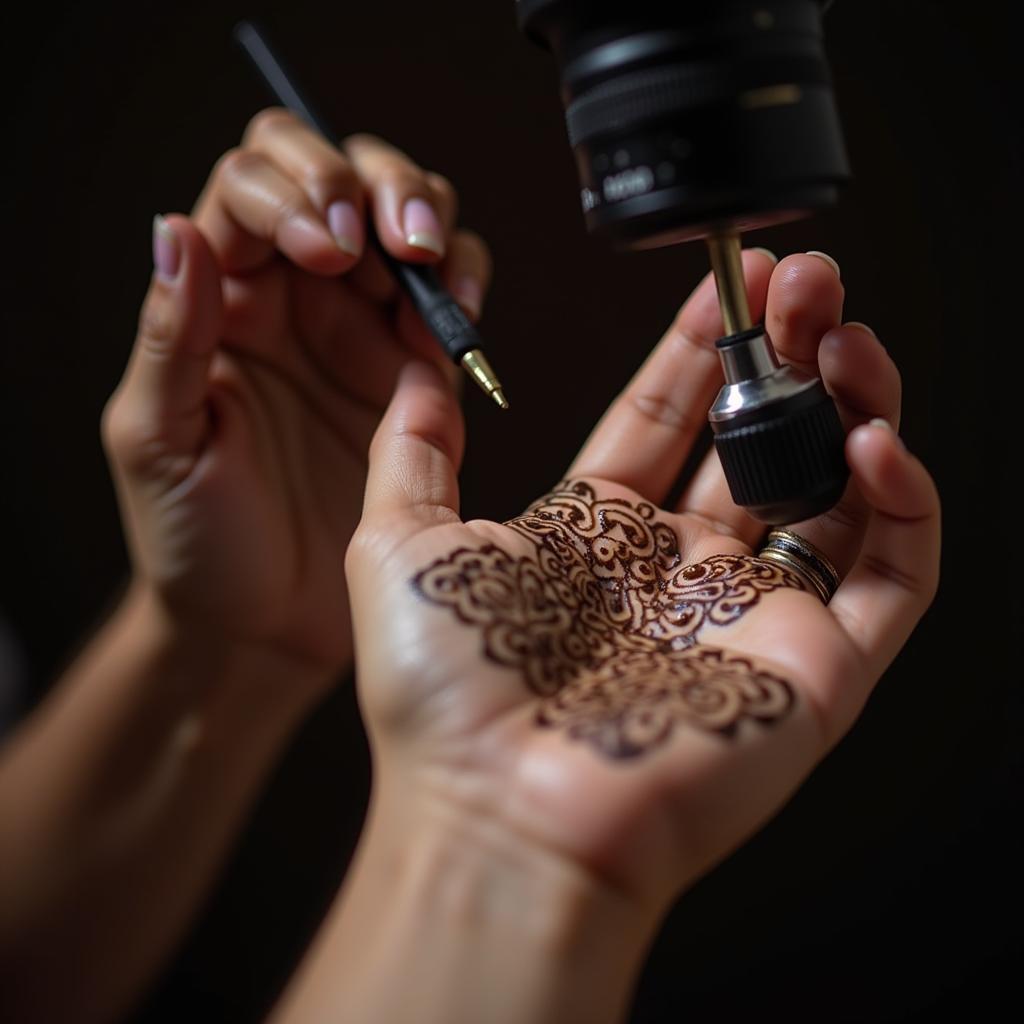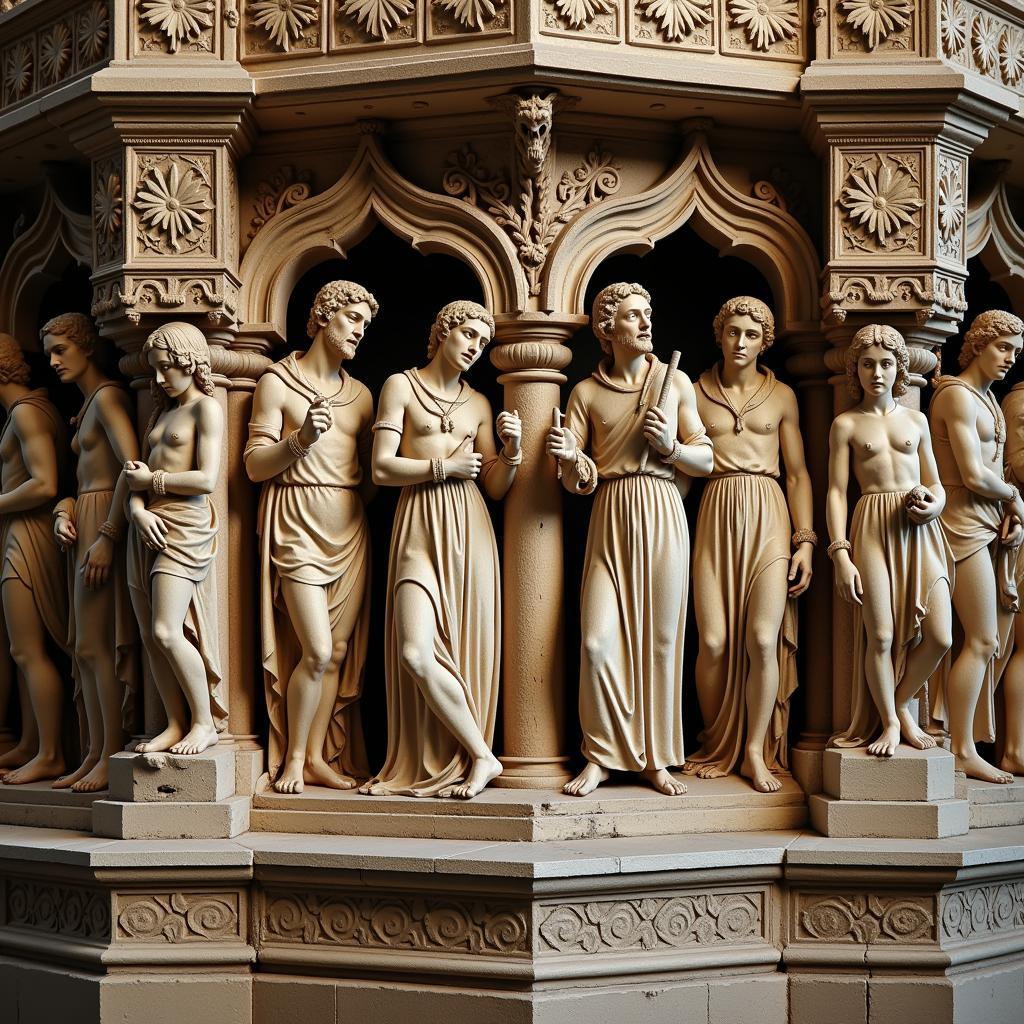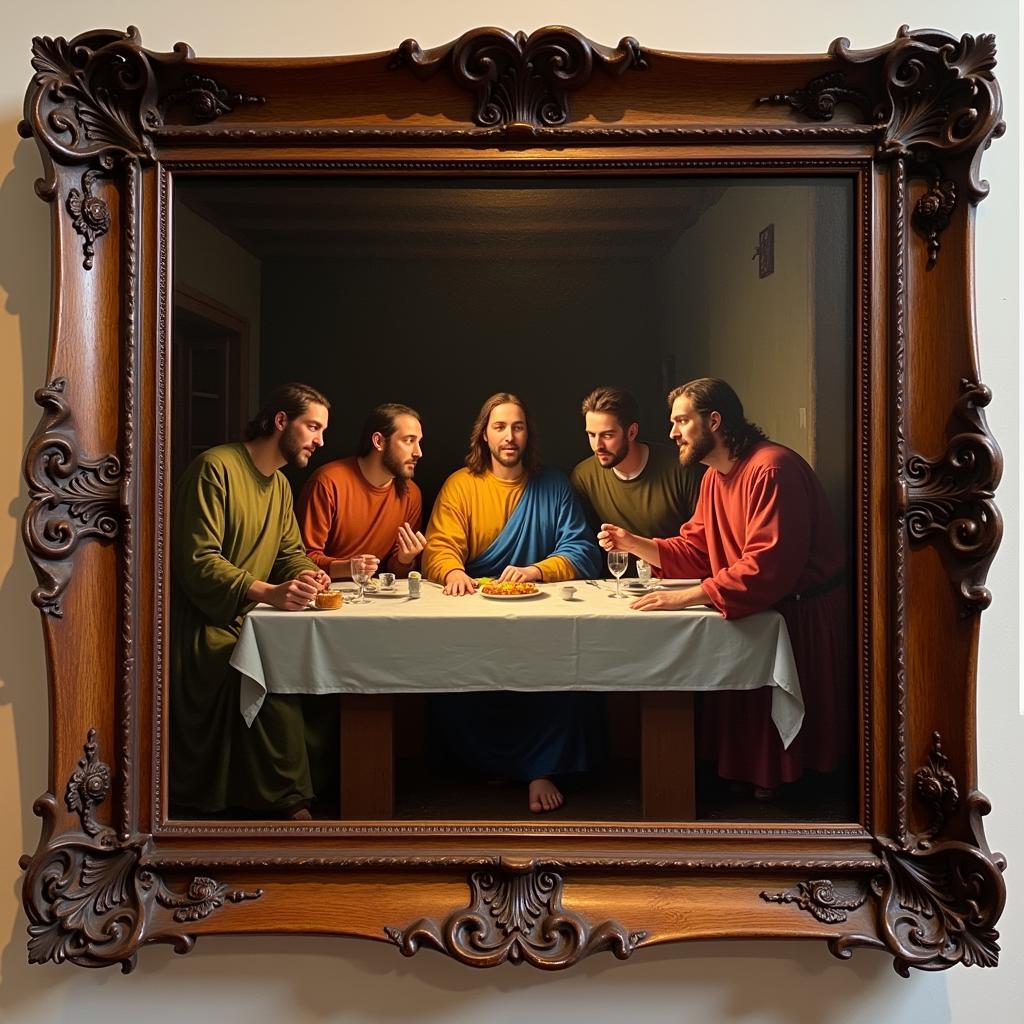Exploring the Divine: A Journey into Greek God Art Work
Greek God Art Work has captivated audiences for millennia, showcasing the power, beauty, and complex narratives of the Olympian pantheon. From ancient sculptures to modern digital interpretations, these artistic representations offer a fascinating glimpse into the cultural and religious beliefs of ancient Greece and their enduring influence on art history.
The Evolution of Greek God Art Work: From Marble to Digital Canvas
The earliest forms of Greek god art work were often sculptures, meticulously carved from marble or cast in bronze. These works, often monumental in scale, served as focal points in temples and public spaces, embodying the presence of the deities they depicted. The classical style emphasized idealized human forms, reflecting the Greek belief in the inherent beauty and perfection of the gods. Over time, these artistic traditions evolved, influencing pottery, mosaics, and even coinage. Today, artists continue to draw inspiration from these ancient forms, reimagining the Greek gods through contemporary mediums like painting, digital art, and even roses art.
The depiction of gods and goddesses evolved through different periods, reflecting changing artistic styles and societal values. The Archaic period favored rigid, stylized figures, while the Classical period saw a shift towards more naturalistic and dynamic portrayals. The Hellenistic era introduced greater emotional expression and dramatic movement, further enriching the visual language of Greek god art work.
Iconic Representations: Understanding the Symbolism
Each Greek deity possessed unique attributes and symbols, often incorporated into their artistic representations. Zeus, the king of the gods, is frequently depicted with a thunderbolt, symbolizing his power over the heavens. Poseidon, god of the sea, carries a trident, representing his dominion over the waves. Athena, goddess of wisdom and warfare, is often shown with an owl and a shield, symbolizing her intellect and strategic prowess. Recognizing these symbols allows for a deeper understanding and appreciation of the narratives embedded within Greek god art work.
What are some common motifs in Greek God art?
Common motifs include depictions of mythical creatures like centaurs, satyrs, and the hydra, often appearing alongside the gods in scenes of battle or celebration. These fantastical elements add a layer of symbolism and narrative richness to the artwork, highlighting the interconnectedness of the divine and the mortal realms. For example, the depiction of art nude figure was also very common in Greek art, showcasing the ideal human form.
How has Greek god art influenced modern art?
The influence of Greek god art work continues to resonate through modern art and popular culture. From neoclassical sculptures to contemporary graphic novels, the imagery and mythology of ancient Greece continue to inspire artists across various disciplines. This enduring legacy speaks to the timeless appeal of these powerful narratives and the enduring beauty of their artistic representations. Many artists find inspiration in the portrayal of powerful female figures like art demeter.
Professor Evangeline Hawthorne, a renowned art historian specializing in Classical art, notes, “The enduring power of Greek god art lies in its ability to transcend time and culture, continuing to speak to universal human experiences of power, beauty, and the search for meaning.”
Greek God Art in the Digital Age
The digital age has opened exciting new possibilities for the creation and dissemination of Greek god art work. Digital artists are utilizing software and technology to create stunningly realistic and imaginative interpretations of these ancient figures, pushing the boundaries of traditional artistic mediums. This new era of Greek god art allows for greater accessibility and interactivity, enabling audiences to engage with these iconic figures in dynamic and innovative ways. Sometimes these depictions are combined with other mythological figures like hermes trismegistus art.
Dr. Lysander Beaumont, a leading expert in digital art and mythology, observes, “Digital technology has democratized the creation and consumption of art, allowing a new generation of artists to engage with ancient myths and reimagine them for a contemporary audience.” This is particularly visible in the rise of artwork depicting woman flower art that combines classical elements with modern sensibilities.
Conclusion: The Timeless Allure of Greek God Art Work
Greek god art work, whether rendered in marble, bronze, or pixels, continues to fascinate and inspire. By understanding the symbolism, historical context, and artistic techniques employed in these representations, we gain a deeper appreciation for the rich cultural legacy of ancient Greece and its enduring influence on the art world.
FAQ
- What are the most common materials used in traditional Greek god art?
- How did the portrayal of Greek gods change over time?
- What are some key symbols associated with different Greek deities?
- How has Greek mythology influenced modern art and popular culture?
- Where can I find examples of contemporary Greek god art work?
- What is the significance of mythical creatures in Greek god art?
- How has digital technology impacted the creation and dissemination of Greek god art?
Common Scenarios and Questions:
- Scenario: I want to learn more about the symbolism behind a specific Greek god’s portrayal. Question: Where can I find reliable resources explaining the iconography of Greek deities?
- Scenario: I’m an artist looking for inspiration from Greek mythology. Question: Are there online galleries showcasing different interpretations of Greek gods in art?
Further Exploration:
For more information on related topics, explore our other articles on art history and mythology.
Contact Us:
For any assistance, please contact us at Phone Number: 02462573573, Email: [email protected] or visit us at Savico Megamall, 7-9 Đ. Nguyễn Văn Linh, Gia Thụy, Long Biên, Hà Nội 10000, Việt Nam. We have a 24/7 customer support team.




